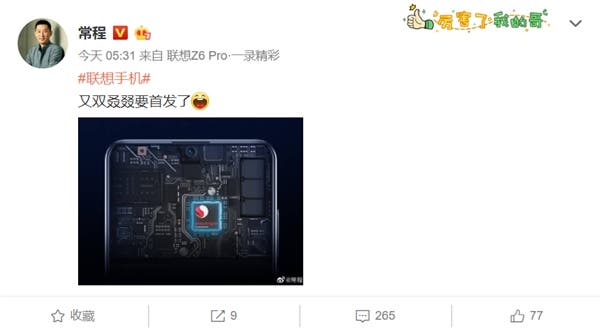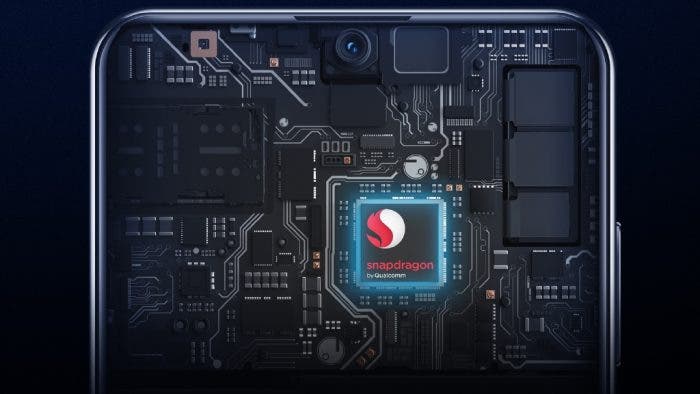On May 16th, the vice president of Lenovo Group and the head of Lenovo Mobile’s China region announced that the company is soon going to launch another handset powered a Qualcomm Snapdragon but, of course, he did not mention the specifics details. The smartphone is expect to be called Lenovo Z6 Youth Edition.
In December of 2018, the Lenovo Z5 Pro GT 855 version was launched with a Qualcomm Snapdragon 855 flagship CPU, becoming the world’s first listed Snapdragon 855 flagship (albeit Xiaomi says their Xiaomi Mi 9 is actually the first mass produced Snapdragon 855 phone). Mostly because of that “first” by Lenovo, Chinese media now believes the upcoming phone will be powered by the new Snapdragon 730.

The Qualcomm Snapdragon 730 still hasn’t hit the market, albeit Samsung announced their Galaxy A80 with this chipset some weeks back, the handset still doesn’t have a price and it cannot be purchased. Thus Lenovo is aiming to be the first company to actually bring the brand new processor and people’s hands.
Qualcomm’s latest Snapdragon 730 CPU is on an 8nm LPP process, it uses two large cores and six small cores, consisting in 2 x Kryo 470(A76) + 6 x Kryo 470(A55), with a clock frequency of 2.2GHz and 1.8GHz respectively; meanwhile the GPU is the Adreno 618.

It’s been reported that the Lenovo Z6 Youth Edition will be released on May 22nd. In addition to that, the smartphone may pack a dual-band Beidou high-precision navigation positioning by using a HD8040 chip.





